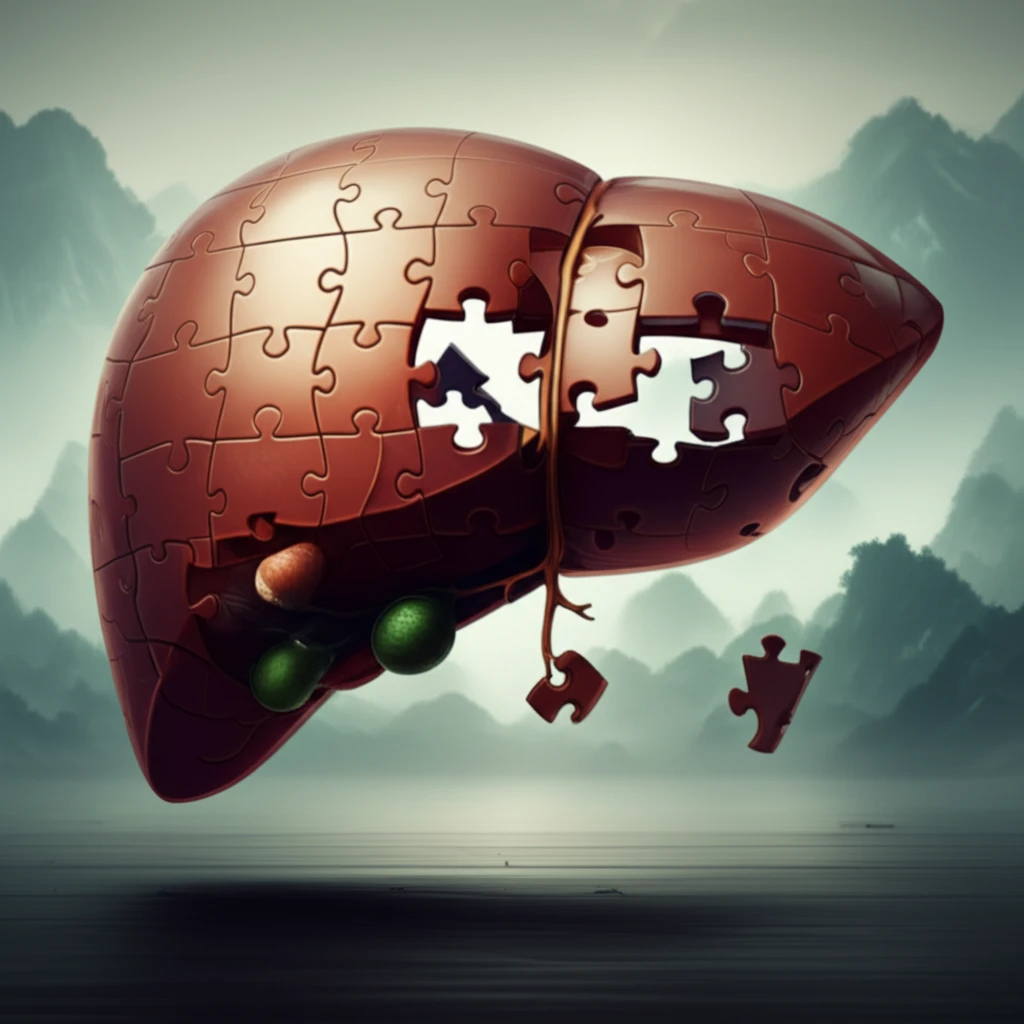
Decoding Liver Fibrosis: Are Non-Invasive Tests Reliable for Hepatitis B Patients?
"A new study evaluates the accuracy of 30 non-invasive models for diagnosing liver fibrosis in Chinese patients with hepatitis B, revealing limitations and potential for improved monitoring."
Chronic hepatitis B (CHB) remains a significant global health concern, particularly in China, where a large portion of the 240 million people with the hepatitis B surface antigen (HBsAg) reside. Liver inflammation and fibrosis assessment are key to guiding treatment and predicting outcomes.
Liver biopsy (LB) has traditionally been the gold standard for assessing fibrosis. However, LB has limitations, including invasiveness and potential complications. In response, non-invasive models using readily available serum markers have been developed to estimate liver fibrosis, aiming to reduce the need for liver biopsies.
Various non-invasive models, like the aspartate transaminase-to-platelet ratio index (APRI) and FIB-4, were initially developed for hepatitis C virus (HCV) patients. Few models exist for treatment-naïve HBV cohorts, and very few for treated HBV populations. A recent study evaluated noninvasive models for assessing liver fibrosis in Chinese patients with HBV, but did not validate diagnostic accuracy after antiviral treatment. This article will unpack a recent study evaluating and comparing these models to see how well they predict liver damage in Chinese patients with Hepatitis B.
How Accurate Are Non-Invasive Models for Hepatitis B-Related Fibrosis?

A multi-center study was conducted to validate and compare the diagnostic accuracy of 30 non-patented noninvasive models based on serologic markers. The study included 576 treatment-naïve and 236 treated Chinese CHB patients. Researchers assessed how well these models could distinguish between different stages of liver fibrosis and cirrhosis, as determined by the Ishak scoring system.
- Treatment-Naïve Patients: Most models had limited success in identifying significant fibrosis (SF). Only the PP score (platelet count and PIIINP) showed promise for diagnosing advanced fibrosis (AF).
- Treated Patients: Only APRI, GUCI, King's score, and Wang I models accurately identified cirrhosis.
- Correlation with Fibrosis Changes: Changes in FCI and Virahep-C model values weakly correlated with changes in Ishak fibrosis scores before and after treatment, indicating limited ability to track fibrosis progression or regression.
Moving Forward: Improving Liver Fibrosis Assessment
While non-invasive models offer a convenient alternative to liver biopsy, their limitations highlight the need for ongoing research. Future studies should focus on developing more accurate models and integrating clinical markers with other diagnostic data to improve the assessment and monitoring of liver fibrosis in hepatitis B patients. Until then, patients should discuss the best course of action with their doctor.
